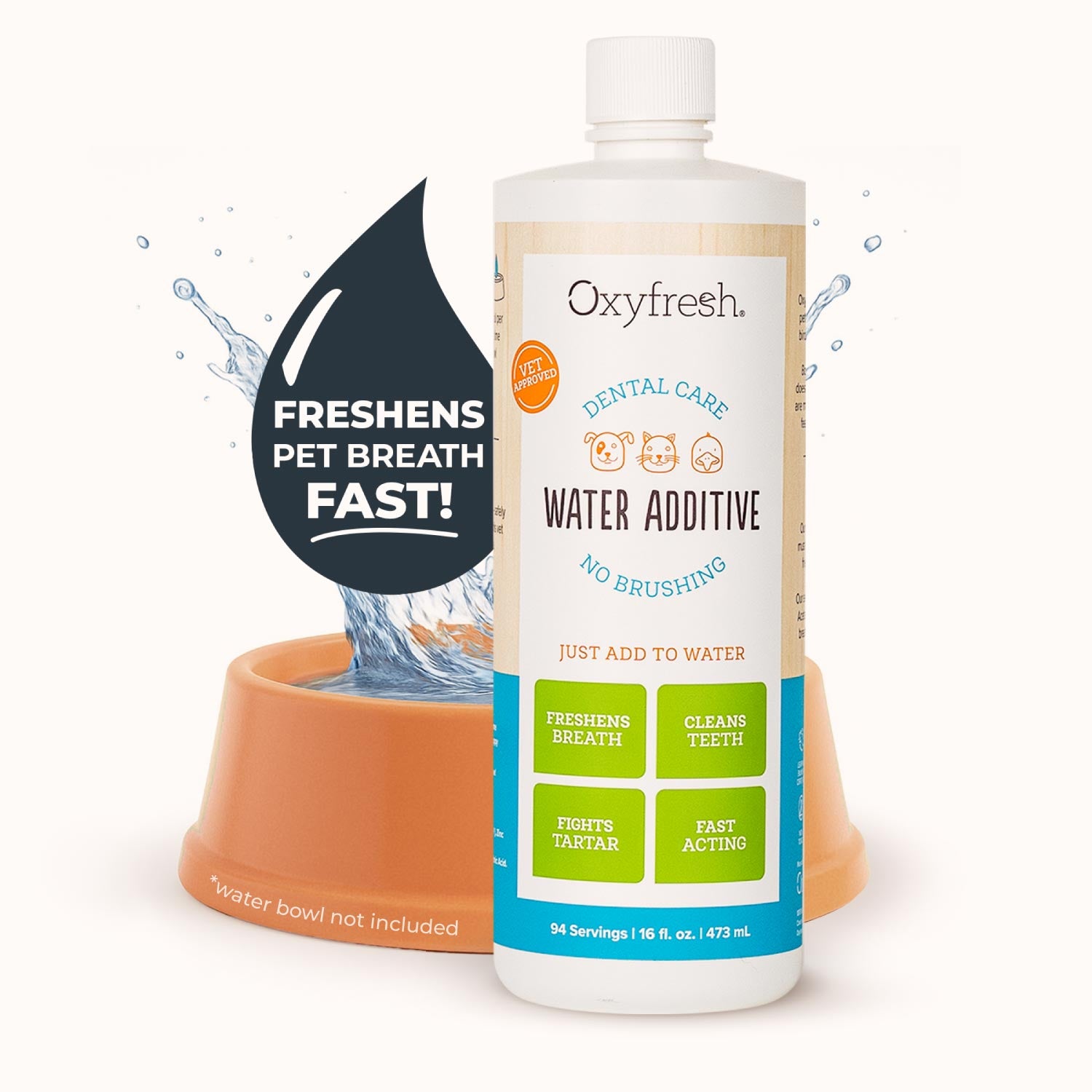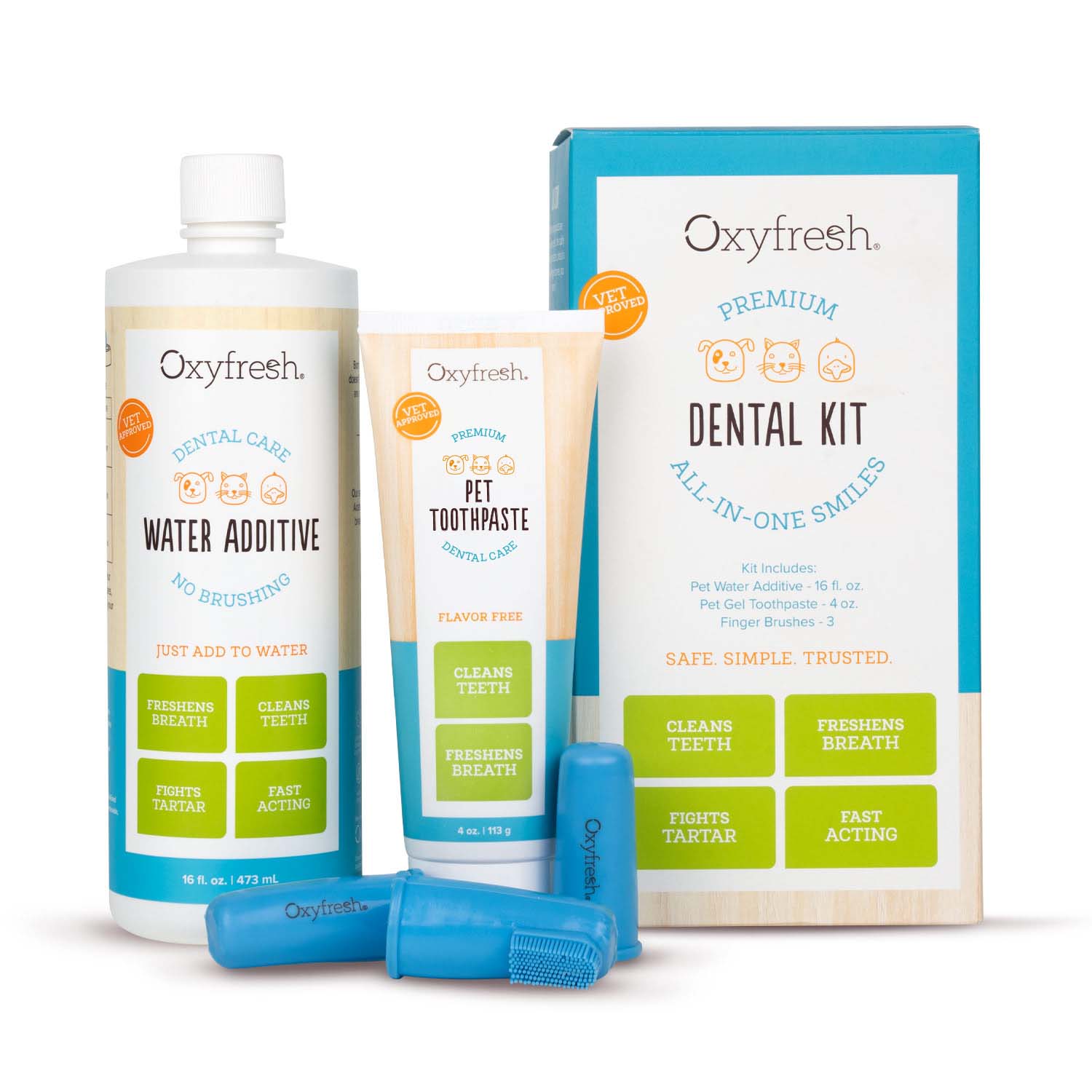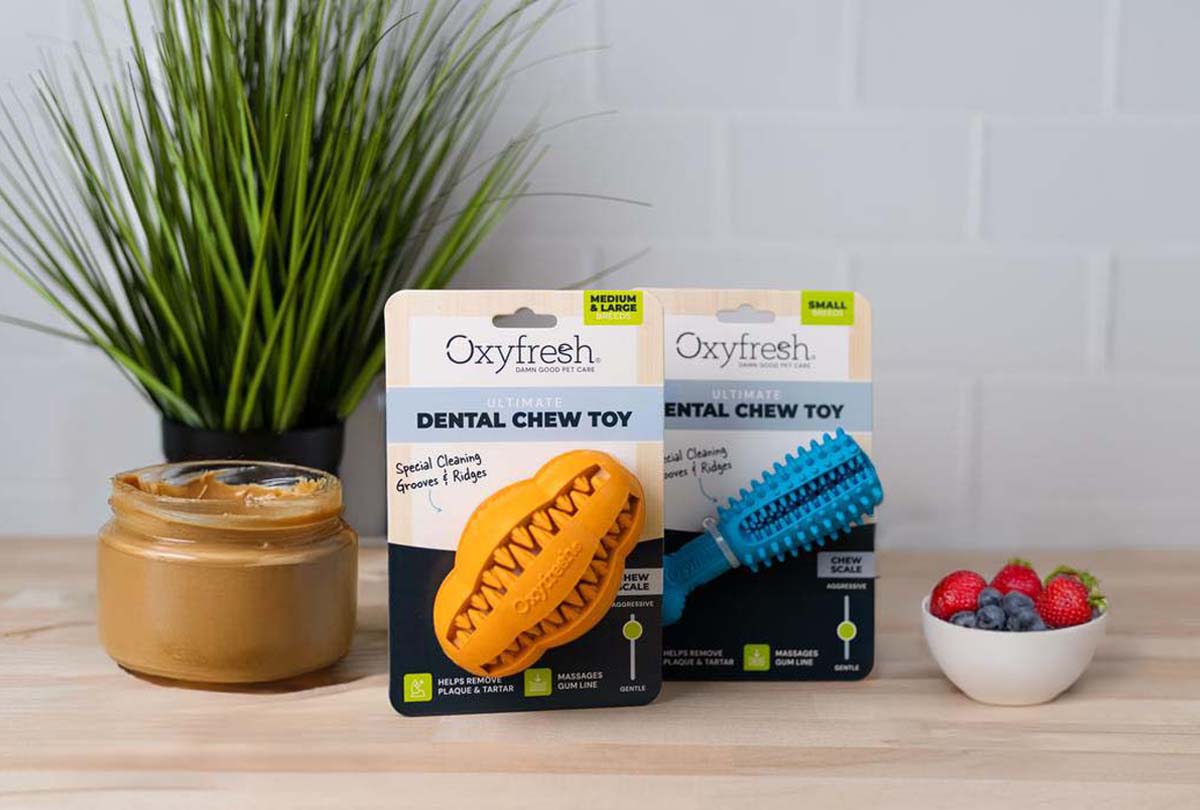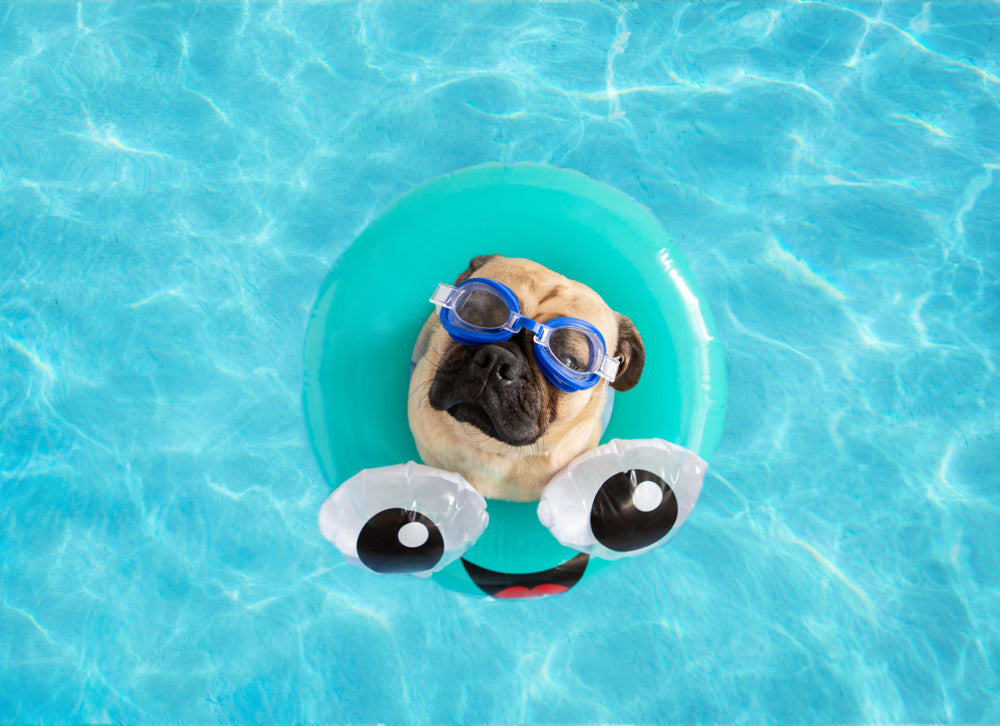If stinky cat breath is like a funky fog in your home, look at the bright side. When you sniff out a problem early, it’s super easy to fix the situation at home without needing to call in the pros! (We love our veterinarians, but we love saving money more.)
Sure, it’ll take a little work on your part to get your cat’s breath smelling respectable again, but it doesn’t have to be HARD work. Keep reading for the EASY way to freshen your cat’s breath every day, right at home!
What Does It Mean If Your Cat’s Breath Smells?
Whether they’re snoozing on your lap or licking their fur like nobody’s business, when you’re dealing with constant cat bad breath, it’s no fun for anyone ... including your cat!
Fresh breath means your cat’s teeth and gums are likely healthy, and that matters to their overall well-being, energy levels, and desire to give and receive affection. Just like in humans, if a cat’s smile isn’t healthy, it can lead to extreme pain. (But unlike humans, cats don’t complain about it to anyone who will listen – they are very skilled at hiding pain.)
The bottom line: remedying your cat’s bad breath goes way beyond the smell – it affects their whole world and could even add YEARS to their life! And when caught early, all it takes is a simple home routine to help turn things around.
Oh, and if you’re worried we’re going to drop the B word on you (BRUSHING!), we have just the thing for the more hands-off cat parents. Bonus: you can pick it up during your next Walmart run!
Why Does My Cat’s Breath Smell So Bad?
Dental disease is the #1 cause of bad breath in cats, and it all starts with plaque, that clear or creamy sticky stuff that coats the teeth after meals. If plaque isn’t removed, the bacteria in it will emit a tell-tale fishy odor and inflame the gums. This inflammation of the gums is called gingivitis, and it’s the first of four stages of gum disease in pets.
Here's the good news: gingivitis in cats is easy to prevent right at home!
However, things can take a turn for the worse if plaque is left to harden into tartar on the cat’s teeth. Tartar attracts even more smelly bacteria and can cause major gum infections, eventual tooth loss, and even damage to a cat’s vital organs. If your cat is no longer in the gingivitis stage, intervention with a veterinarian will be needed.
Other causes of bad breath in cats
If your cat’s bad breath comes on suddenly or is very distinct in odor (fruity, urine-like, or poopy), book an appointment with the vet. While gum disease is the usual suspect behind bad breath in cats, there are other serious conditions that can cause smelly cat breath:
- Kidney disease
- Liver disease
- Diabetes
- Mouth ulcers/sores
- Feline tooth resorption
4 Signs of Gingivitis in Cats
Gingivitis in cats (inflammation of the gums) isn’t an obscure condition that only happens to other cats and not MY precious fluffball! Gum problems are extremely common, with 7 in 10 cats affected by age 3. The earlier you catch an issue, the better – for you, your cat AND your wallet – as gingivitis can be treated and ideally prevented with simple home solutions.
Here are 4 signs of gingivitis to look out for:
- Bad cat breath
- Swollen gums
- Red gums
- Creamy, clear or pale-yellow plaque on their teeth
What Do Healthy Cat Gums Look Like?
It’s important to regularly inspect your cat’s gums so you can catch problems early. Healthy cat gums should be light pink, moist and smooth in texture. The color should be uniform throughout with no angry red areas. (Note: black "freckles" on the gums are natural pigmentation and common in certain cats, especially black and orange ones.) Red cat gums indicate inflammation or infection.
Procrastinating About Cat Bad Breath Can Cost You
If you ignore persistently bad cat breath, the problems inside your cat’s mouth will only get worse, and the longer you wait, the more expensive it’ll be to treat. For example, gingivitis that progresses into full-on periodontitis may require tooth extractions (removal of teeth) or a gingivectomy (removal of part of the cat’s gums). That will add more to your dental bill because of the extra surgical work, longer time under anesthesia, and possible antibiotics.
Here are signs that a cat’s gum disease is advancing:
- Bleeding gums
- Excessive drooling
- Loose or missing teeth
- Change in grooming habits
- Difficulty picking up food or toys
- Heavy yellow or brown tartar buildup
- Pawing or rubbing at their mouth/face
- Refusing food, yowling during meals, or only chewing on one side of the mouth
Remember: the gingivitis stage of gum disease can help be prevented right at home, which is why adopting a consistent home dental routine for your cat is so important.
What Can I Give My Cat for Bad Breath?
Don’t get suckered into thinking a daily treat will cut it when you’re dealing with cat bad breath. (That’d be like us popping a breath mint or gnawing on a ridged cracker every day and thinking we have brag-worthy oral health habits!) You need a regular dental routine to help keep your feline’s breath fresh and their smile healthy.
Brushing will always be the gold standard, and if you want to venture down this road, more power to you! (And if you don’t want to brush, just skip ahead – no judgment.) For the adventurists, we recommend Oxyfresh's All-in-One Premium Pet Dental Kit, stocked with everything you need to get rid of cat’s bad breath at home:
- Premium Pet Dental Care Water Additive – works to help target plaque- and bad breath-causing bacteria right at the source. Just add to water bowl for fresher cat breath all day, every day.
- Advanced Pet Toothpaste (a must for picky cats) – formulated to remove plaque, help soothe and strengthen gums, and freshen that stinky cat breath.
- Silicone Finger Brushes – sooo much easier to maneuver in a cat’s small mouth vs. handled toothbrushes. Bonus, they’re dishwasher safe!
4 Steps on How to Make Cats’ Breath Smell Better ... Without Brushing!
If you don’t want to deal with the possible hiss-terics of brushing your cat’s teeth, no worries! Oxyfresh Cat Dental Care Water Additive makes daily cat dental care easy-peasy. Simply add to your cat’s water bowl or filterless fountain each day, and you’re done!
Hmm, but does it work? Absolutely! And the proof is in those fresh cat kisses. Our secret is a breath-freshening combo of zinc and Oxygene®️, our non-toxic, proprietary oxidizer that targets bacteria that cause bad cat breath and plaque right at the source.
We’re talking real benefits to your cat’s oral health – no COVERUPS with masking agents like mint. Best of all, it’s completely undetectable with no scents or flavors. (Your cat won’t appreciate your genius, but you can enjoy some smug self-satisfaction.)
- Hello, fresh cat breath – quickly freshens your cat’s breath every time they drink.
- Helps fight plaque – targets plaque-causing bacteria right at the source, helping to prevent cat gingivitis.
- No fuss, no brush – just add to your cat’s fountain (filter removed) or water bowl and you’re good to go.
- Flavor free – ‘cause no self-respecting cat wants to drink mint, liver or green-tea flavored water.
Veterinarians recommend it, and savvy cat parents can’t get enough of it. Pick up a bottle during your next Walmart run or order online and see what you’ve been missing!
Guaranteed to Be Your Next Obsession
Thousands of cat parents swear by Oxyfresh Premium Cat Dental Water Additive to keep their furry friend’s teeth clean and their breath kissably fresh – without the hassle of brushing. Cheers to you loving it too! xo
Seriously, It’s the Easiest Cat Bad Breath Remedy Ever
As the world’s best cat parent (the mug doesn’t lie), it’s time to get serious about your cat’s oral health. And the easiest way to do this is to add Oxyfresh Cat Dental Water Additive into your cat’s water each day. It takes MERE seconds, and the benefits are ahh-mazing, from fresh cat breath to cleaner teeth and protection against cat gingivitis. Meow.









